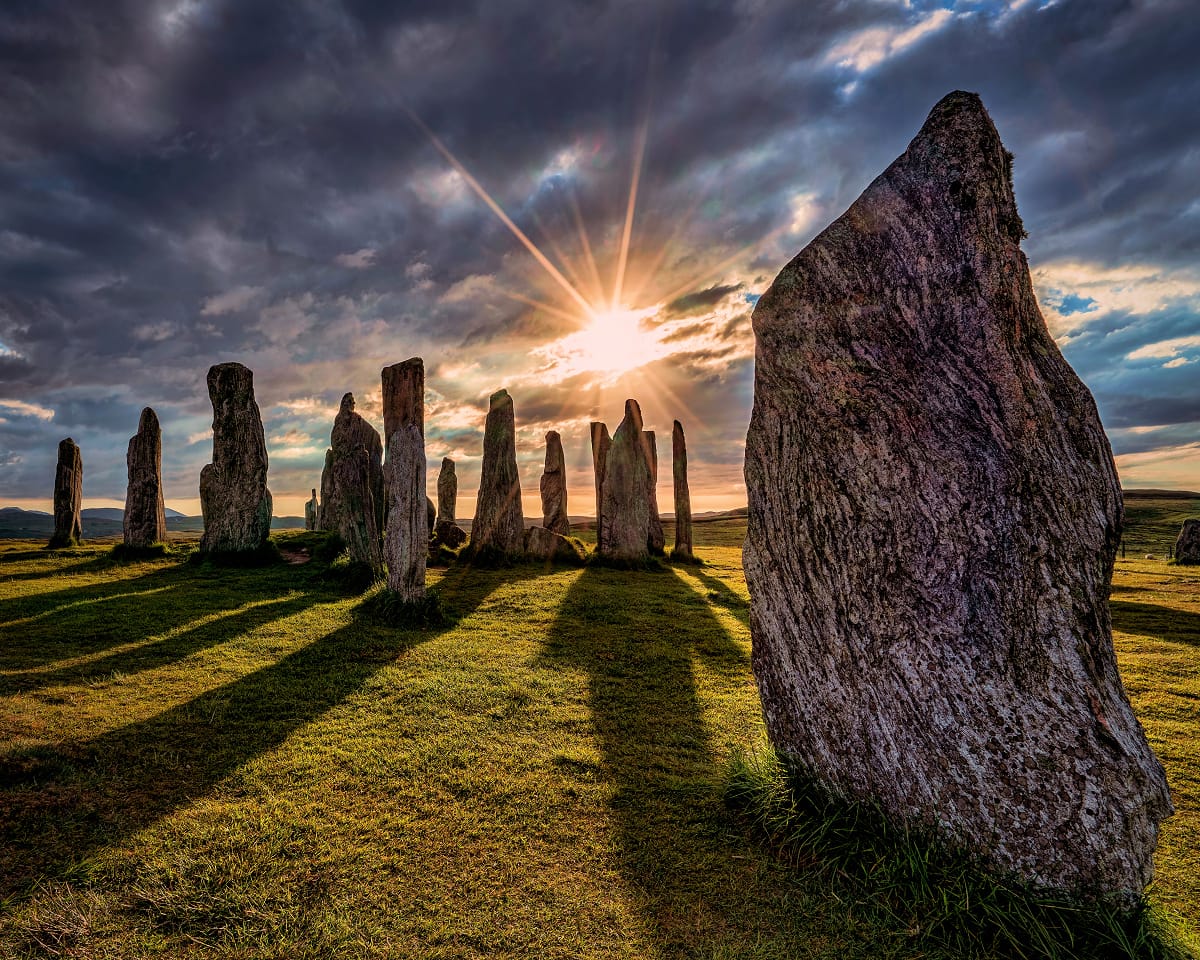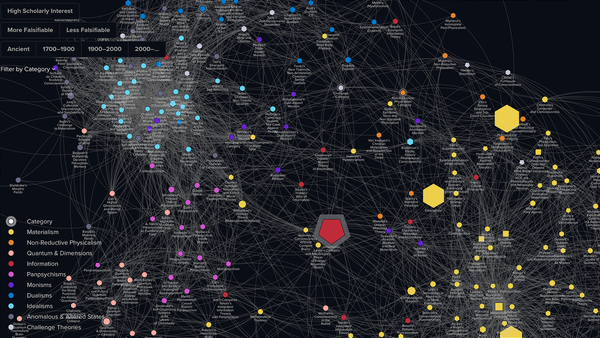Samhain, stone circles, and modern connections to ancient communal practices

The Rundown
Samhain (pronounced SOW-in, SAH-win, or SAH-ween, depending on dialect), or Halloween as we call it in the West, is an ancient Celtic festival that celebrates the end of the harvest and the beginning of winter. It signifies the shift between the light and dark halves of the year, when the cycle of death and rebirth is honoured and the boundary between the worlds of the living and the dead is believed to be at its thinnest.
From folklore, we understand how this festival was not only regarded as sacred but also as a way to strengthen community bonds. Turnips would be carved into ghoulish faces to ward off unwelcome spirits, and offerings of food and drink would be laid out for ancestors believed to visit from the other side. At twilight, large communal bonfires would be lit on a hilltop or in a village square. These fires were meant to protect the community from evil spirits and bless the land through the winter ahead; they were also used to relight household hearth fires that had been purposely extinguished. All of these practices aimed to foster unity, purification, and renewal.
A recent paper by Steven V. Shelley, titled "New Discoveries of Samhain Sunset Alignments and Egyptian and Anatolian Connections Revealed in British Neolithic Monuments," presents research indicating that some megalithic monuments in Ireland and Great Britain, such as the stone circle at Avebury, dating from the Neolithic (about 5000 years ago), not only align with the sun, moon, and specific stars but also with the setting sun on October 31.
Shelley’s research suggests that “widespread megalithic alignment acknowledges Samhain, the pagan night of the dead, when the veil between the physical and spiritual worlds is considered to be at its thinnest.” Recognizing the significance of the correlation with the festival of Samhain on October 31, “it's the most appropriate time of the year at which to commune with ancestors.”
It’s an intriguing paper — according to Shelley, not only linking a festival we still observe today, Halloween, back to people living “at least 5000 and possibly 12,000 years ago,” but also that the arrangement and celestial orientations of these ancient monuments are not unique to Ireland and Great Britain. Shelley suggests these features extend to monuments built across continental Europe and perhaps as far as Anatolia. “Many of the same design principles—circularity, solar and lunar alignment, and the interplay of horizon and light—appear from Anatolia through Brittany and into the British Isles.”
It demonstrates that the “level of sophistication and command of landscape” required to plan and construct these monuments exceeds our assumptions about Neolithic people, emphasizing how the knowledge and skills of ancient civilizations like these have been lost over time. Knuckle-dragging cave dwellers, they were not.
I often reflect on our ancient ancestors and wonder how many times humanity has taken a step backward in its development. Who were these people? What occupied their thoughts? How did they perceive themselves in relation to the natural world? Beyond having access to electricity, grocery stores, and computers in our pockets, how truly different are we from them? We like to see ourselves as superior because the convenience that technology provides lifts our egos and leads us to believe we are somehow better, but is this really the case?
Shelley believes that our society “mirrors that of the Neolithic era surprisingly closely,” but with a few key exceptions: “We’ve lost our reverence for ancestors, and we’ve lost our reverence for nature. We can rarely see stars from our light-polluted towns and cities.”
Shelley also highlights the stark contrast in how our societies view time. “It was a stable society where little changed over thousands of years. Time passed much more slowly.” He mentions that Neolithic people “could happily invest their effort into a construction project which would stand no chance of being completed in their lifetime, nor even in their children’s. But [they would] still do it. In those days, there was no expectation of instant gratification.”
The precise reasons why these ancient people undertook such extraordinary efforts will remain a mystery. What is clear is the strong bond the builders of these monuments had with their community. The cooperation needed to move and erect such massive stones demonstrates a society united by shared beliefs and determination. Transporting large stone blocks across rugged terrain—such as the bluestones of Stonehenge, believed to have originated in Wales, some 225 kilometres away (see links below)—was a monumental challenge. It couldn’t have been easy, and it was not an isolated effort: stone circles, standing stones, cairns, and dolmens are widespread across the landscape. These people’s deep connection to the land and their understanding of the celestial skies provided them with ample reason for their efforts.
“Their priorities and values may have been different; they perceived their relationship with the universe in a different way, but physically and cognitively, they were essentially identical to us.”
The Record
The paper by Steven V. Shelley, New discoveries of Samhain sunset alignments and Egyptian and Anatolian connections revealed in British Neolithic monuments, can be found here:
A supporting paper by Richard Bradley titled Beyond the Bluestones: links between distant monuments in Late Neolithic Britain and Ireland, can be found here:
Mike Parker Pearson explaining his discoveries regarding the origin of the Stonehenge Bluestones


